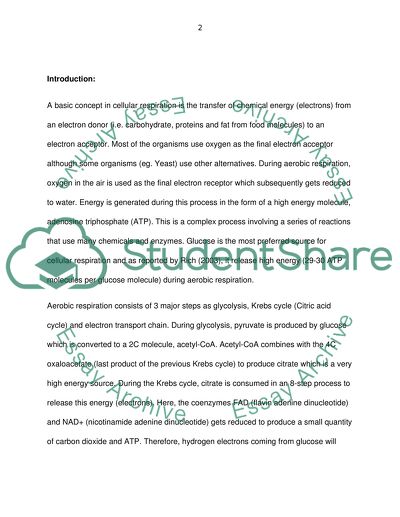Cite this document
(“Aerobic Cellular Respiration in Isolated Mitochondria of Lima Bean Lab Report”, n.d.)
Retrieved from https://studentshare.org/biology/1443593-creative-individual-lab-report
Retrieved from https://studentshare.org/biology/1443593-creative-individual-lab-report
(Aerobic Cellular Respiration in Isolated Mitochondria of Lima Bean Lab Report)
https://studentshare.org/biology/1443593-creative-individual-lab-report.
https://studentshare.org/biology/1443593-creative-individual-lab-report.
“Aerobic Cellular Respiration in Isolated Mitochondria of Lima Bean Lab Report”, n.d. https://studentshare.org/biology/1443593-creative-individual-lab-report.


